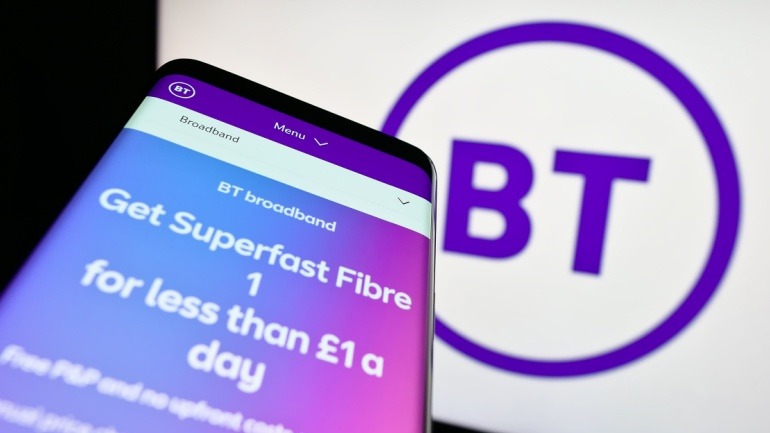The UK’s digital landscape has dramatically transformed, with a significant expansion in fibre broadband connectivity. As of now, over 80% of UK premises have access to full fibre, while nearly 89% benefit from gigabit-capable broadband. This development is aligned with the government’s goal of extending gigabit broadband to 99% of the country by 2032. Despite this progress, it’s crucial to maintain the momentum to avoid stagnation.
The next stage in the UK’s fibre strategy involves not only constructing infrastructure but also driving adoption. Households and businesses should enjoy a marketplace that offers genuine choices and competitive pricing. Policymakers and regulators, therefore, face a decisive moment. They must ensure the rapid deployment of fibre broadband continues and safeguards a sustainable domain for innovation and competition.
A major aspect of sustaining this growth is the regulation of BT Openreach, the dominant force in the UK’s fixed wholesale market. Continued regulation is critical to allowing other network operators to compete effectively. The government should scrutinize the offers and practices of major players like BT Openreach to prevent them from stifling competition.
Fair access to BT Openreach’s infrastructure, such as underground ducts and street poles, is vital. This can reduce costs and minimizes disruption during construction. Licensed access ensures lower entry barriers for competitors. Meanwhile, transitioning consumers from outdated copper lines to new full fibres should not disproportionately benefit BT Openreach, preserving market fairness without reinforcing its previous dominance.
The multitude of fibre operators present another challenge. Though a thriving market indicates healthy competition, an excess of providers might be unsustainable. Sensible consolidation, overseen by Ofcom, the CMA, and others, could strengthen the market, creating a more robust and stable environment.
Implementing these strategies promises better broadband infrastructure, benefitting households and businesses with sustainable, competitive pricing. Digital connectivity fuels growth, innovation, and inclusion, key elements of a fortified, advanced economy.
Alternative networks, like nexfibre, continue to challenge the status quo, advocating for regulatory policies that support a diverse market. With active engagement, policymakers can ensure the UK remains at the forefront of digital infrastructure, promoting equitable access and economic prosperity.







